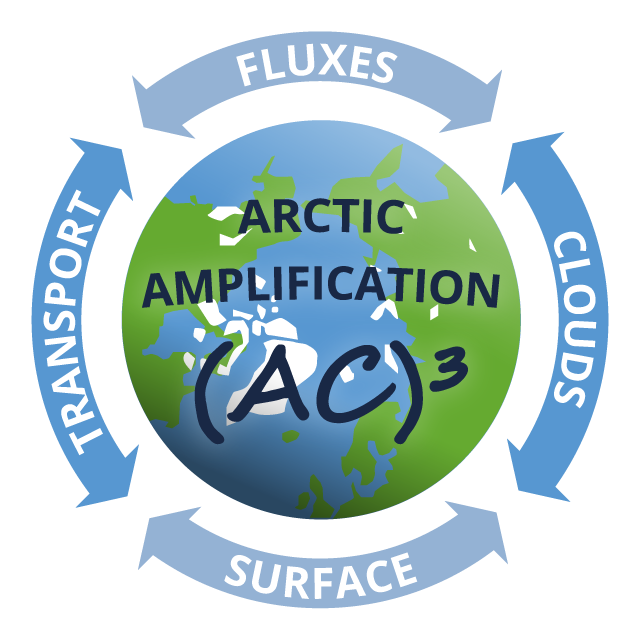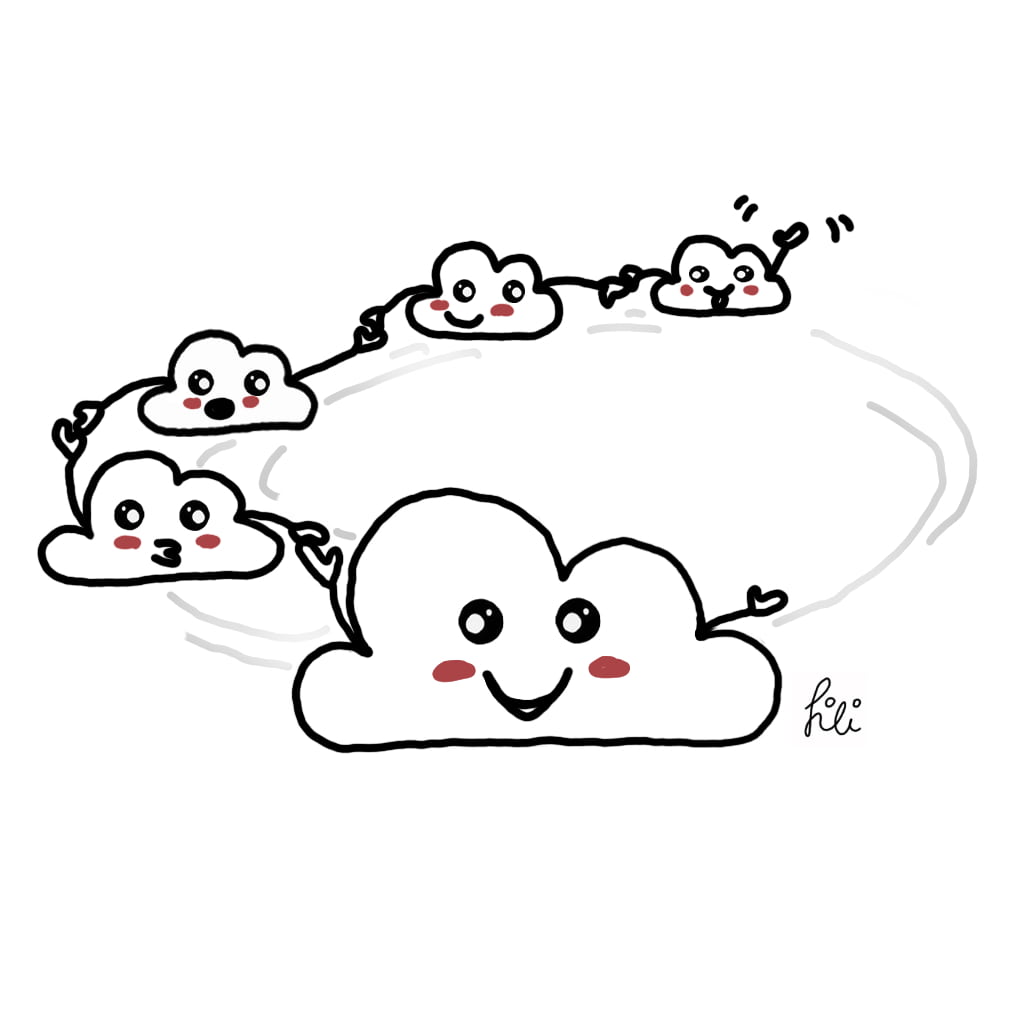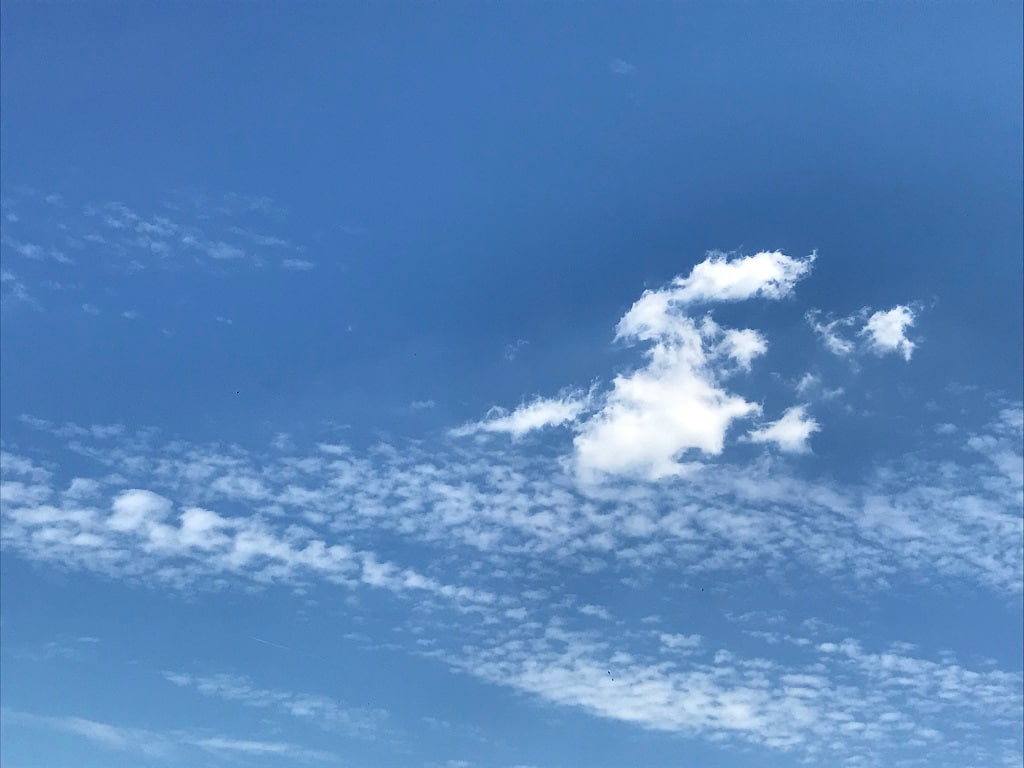Why are clouds at different heights?
Hello Mia,
I have observed that there are clouds at low altitudes and at significantly higher altitudes at the same time—in other words, different layers of clouds on top of each other. How does this happen?
Konrad from Bautzen
Dear Konrad, that’s an interesting question. So I spoke to Nina Maherndl, a scientist who studies clouds. Let me tell you what I learned:
In our atmosphere, clouds are mainly found at altitudes of up to 12 km. As you correctly observed, this does not automatically mean that every cloud is 12 km thick. This can happen with thunderclouds, but more often we observe different types of clouds at different altitudes.
Clouds form from water droplets or ice crystals when certain conditions are met. For example, there must be enough moisture in the air. This can be the case at different altitudes at the same time.
The speed at which clouds move depends on the weather conditions and wind strength. Wind strength generally increases with altitude, so higher clouds move faster than lower ones.
Low fleecy clouds, known as cumulus clouds, are usually lower than 2 km. When the sky is completely covered with clouds and we can no longer see the sun, these are called stratus clouds. Stratus clouds are also low clouds.
However, there are also medium-high clouds at an altitude of approximately 2 to 7 km that look similar to cumulus or stratus clouds; these are called altocumulus and altostratus clouds.
High clouds are called cirrus clouds or cirrus. They are typically found at an altitude of 8–12 km.
Low and medium-high clouds usually consist of liquid water droplets, at least in summer. High clouds, on the other hand, consist of small ice crystals because it is so cold there that the water freezes. This is why cirrus clouds usually look like fibers or threads.
But there are many other types of clouds. In the Arctic and Antarctic, polar stratospheric clouds can form at an altitude of over 20 km in winter. At this altitude, however, there is so little water in the atmosphere that these clouds consist of sulfuric acid crystals rather than ice crystals. Pretty cool.




